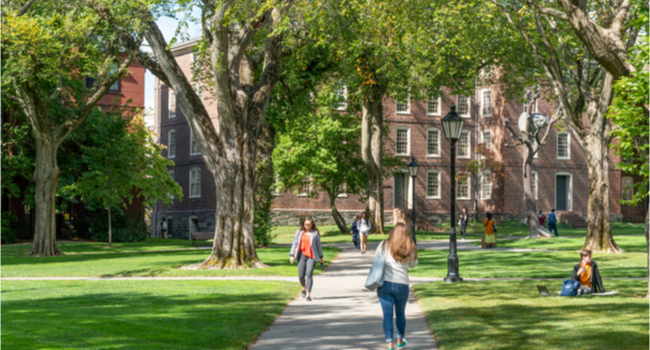
Brown University Poll Results Show 40 Percent of Students Do Not Feel Safe After Dark
Brown University's newspaper polled over 1,000 students to find out how safe they feel on and off campus after dark.
- By Sherelle Black
- October 25, 2019
The Brown Daily Herald, the student newspaper of Brown University, polled over 1,000 students in early October and found that nearly 40 percent of undergraduates polled felt unsafe in areas surrounding campus after dark.
In contrast, the poll results showed that 80 percent of students feel safe on campus.
The student newspaper did note that 41 burglaries had occurred from June to September in the area. However, the Providence Police Department said those numbers are not unusual for the summer months.
“There has been a spike in some property crime categories over the past couple of months. That can certainly make people feel unsafe but overall the area around the university is seeing less reported crime,” wrote Lindsay Lague, public information officer for PDPS, in an email to The Herald.
There have been several security enhancements made at the university to help students feel safer. The university is operating a shuttle and an OnCall transportation service that runs seven days a week until 2 or 3 a.m. Students also have access to SafeWalk where students can ask for someone to walk them safely to their destination.
It also has installed around 150 outdoor emergency phones illuminated by blue lights, reported The Herald.
“I think a lot of students are unaware of the safety measures we have in place,” said Chief of Police Mark Porter to the newspaper.
About the Author
Sherelle Black is a Content Editor for the Infrastructure Solutions Group at 1105 Media.